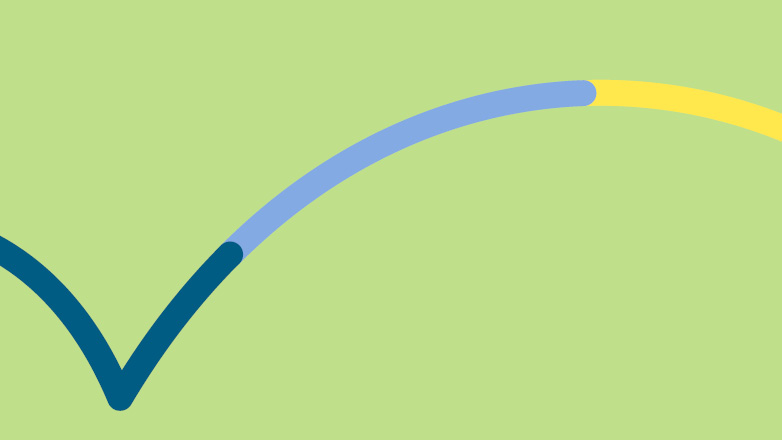Australian Court overturns finding that AI systems can be an “inventor” for the Australian patent regime
In a decision that will have far-reaching implications in world driven by technology and the growing contribution of artificial intelligence to the inventive process in many fields, a 5-member bench of the Full Court of the Federal Court of Australia has found that an “inventor” must be a natural person for the purposes of the Patents Act 1990 (Cth) (Patents Act) and the Patent Regulations 1991 (Cth) (Regulations).
The Full Court’s decision brings Australia into line with the position taken in many other jurisdictions including the UK, EPO and USA (noting that the statutory language in each of these countries differs from the Australian regime).
Background
An artificial intelligence system, known as DABUS (or ‘device for the autonomous bootstrapping of unified sentience’), was named as the inventor by the patent applicant, Dr Thaler, on a PCT application designating Australia. The alleged invention was the output of DABUS’ various products and methods directed at an improved fractal container.
DABUS was named as the inventor because regulation 3.2C(2)(aa) of the Regulations requires that, in relation to a PCT Application, the applicant name the “inventor of the invention to which the application relates” (among other things).
In examination, IP Australia had written to Dr Thaler’s patent attorney and said that the application did not comply with reg 3.2C of the Regulations because it did not identify a natural person as the inventor.
While Dr Thaler was the owner of the copyright in the DABUS code, the owner of the computer on which DABUS operated, and is responsible for the maintenance and other running costs of DABUS, it was common ground that Dr Thaler was not the inventor of the alleged invention the subject of the application – and that the inventor was DABUS. However, at each stage of the proceedings, Dr Thaler argued that he derived title to the invention from the inventor as the owner and creator of DABUS, and that he is entitled to its output.
The Deputy Commissioner of Patents ultimately determined that the terms of the Patents Act, and the Regulations, were inconsistent with artificial intelligence being treated as an inventor, and rejected the patent application. Dr Thaler applied to the Federal Court for judicial review of the decision of the Commissioner. On review, the primary judge said that the Commissioner fell into error in finding that an “inventor”…



